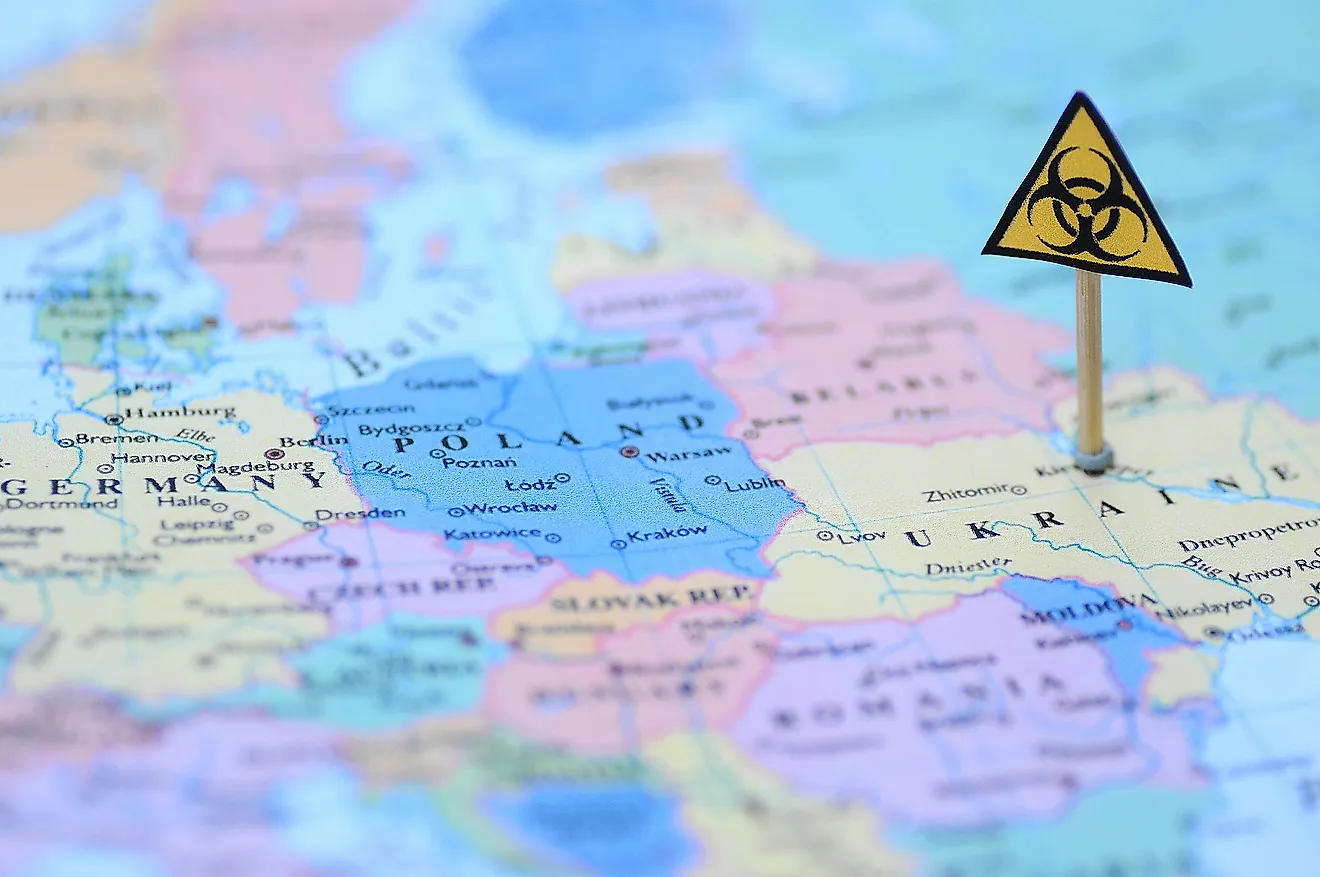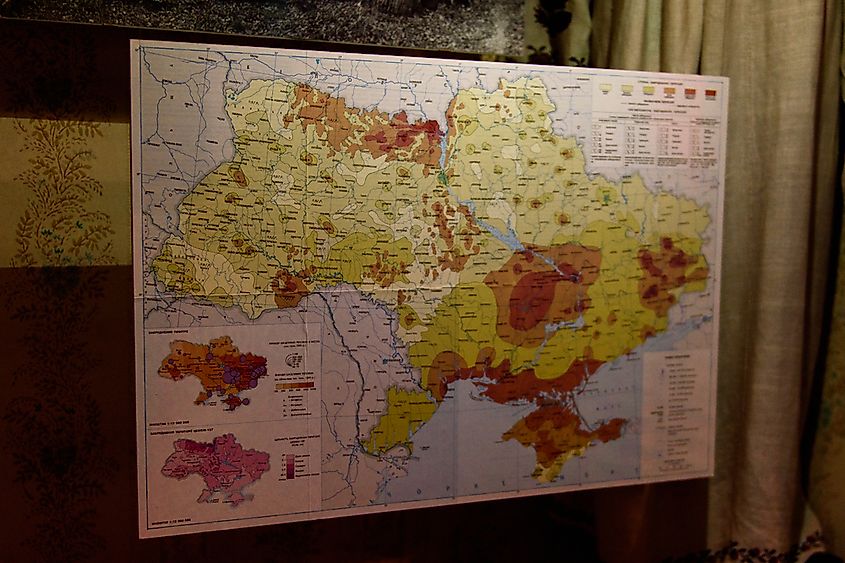How Far Did Chernobyl Radiation Reach?

- One of four nuclear reactors in the Chernobyl power plant exploded in 1986, causing problems caused by the fallout of radioactive materials across Europe.
- The Soviets had to admit what happened in the Chernobyl power plant after the Swedish scientists detected high levels of radiation in their own country, only two days after the incident.
- Radioactive isotopes like americium-241 will slowly, but surely, keep contaminating the area that was affected by the explosion, as it has a half-life that lasts for more than a thousand years.
On April 26, 1986, the most horrific nuclear disaster in history happened in the Chernobyl power plant in Ukraine. After a series of technical failures and poor human judgment in handling an unstable nuclear core, the RBMK reactor 4 exploded, facing the former USSR and the whole world with a problem that was new for everyone.
How far-reaching was the Chernobyl catastrophe, and how far did the radiation travel across Europe?
After The Explosion
One thing worth noting at the beginning is that even today, after almost 34 years have gone by, the negative effects of this accident are still changing the environment and the genetic structure of life forms, hundreds of miles around the city of Pripyat, where the Chernobyl power plant stood. When the reactor exploded, it was an immediate threat that made the USSR officials decide on evacuating the whole city of Pripyat (around 50,000 people). But, the spread of radioactive materials could not have been stopped.
The problem lies in the fact that there are radioisotopes in the nuclear core. Usually, they have rather high boiling points, which kept most of the radioactivity inside the reactor after it blew up. However, iodine-131 and caesium-137 have much lower boiling points, which enabled them to evaporate up in the air. After those particles were airborne, there was nothing that could stop them from spreading all over Europe.
Radioactive Winds

On April 28, just two days after the RBMK reactor 4 exploded, the winds carried the radioactive particles all the way to Sweden. Sweden is far from Ukraine, all the way up in the north of Europe, 683 miles (1100 km) away. Although the Soviet officials tried hard to cover up this accident, and it seemed that even them do not want to admit what happened, they had to come clean and soon reveal what was going on in Pripyat.
Flora And Fauna In Trouble
The impact of this accident was massive on the environment. The radioactive materials continued to spread over southeast Europe, and more than 77,000 square miles (200,000 square km) of land are contaminated in varying degrees. One thing good is that now, 30+years after the catastrophe, radioactive iodine is almost gone, as it has a relatively short half-life of only 30 years.
Some other radioactive particles, like strontium or caesium, are still not decaying, meaning they are not losing their radioactive (thus harmful) potential. Some isotopes like americium-241 have a half-life of more than a thousand years. Although their effect on the environment is small compared to iodine, it will slowly decay there for the next millennia or so.
All of these radioactive isotopes that flew around Europe, either carried by winds or brought down by rain or snow, contaminated the forests and all the life that was in them. Wild animals suffered greatly, as their food was full of fallout material, which later affected their reproduction, and the milk their offsprings fed on.
Even in the sub-arctic areas like Finland and Norway, the reindeer meat was contaminated, and it was not safe to eat, because the contamination would easily transfer to humans when ingested. Also, many of the bigger lakes across Germany and the whole Scandinavia all showed an increase in radioactive strontium, which would not be a problem if the lakes had any outflowing streams.











